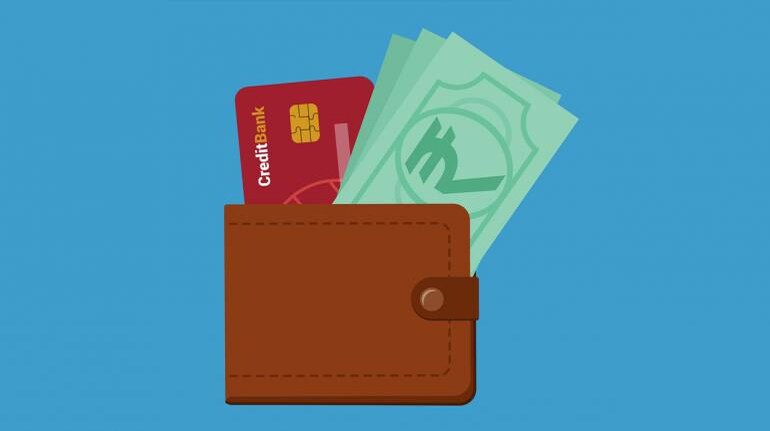
Raj Khosla
Borrowers who opted for the loan moratorium must be a worried lot as the RBI-mandated relief programme ends this month. The prospect of missing EMIs and reducing credit scores is giving them sleepless nights. Debt and stress are lifelong partners. Even in normal times, the burden of debt causes uneasiness, which takes the form of a mild discomfort for the financially comfortable to an overwhelming anxiety and fear among those with unstable finances. COVID-19 has added a new dimension by throwing pay cuts and job losses into the mix: quite debilitating!
The mixed use of debt
Debt can be both good and bad. Good debt should be embraced because it uses future income to create assets and helps build a credit history. Bad debt however, should be avoided, like the pandemic, because it steals from the future and misallocates precious resources to unproductive expenses. A high level of debt pushes an individual into long-term financial distress.
Good or bad, the best debt is one that is paid off comfortably and at the earliest. There are obvious benefits of foreclosing a loan. The longer it continues, the higher is the interest outgo. Investments build wealth for you; debt burdens you with interest.
ALSO READ: Loan moratorium: When interest compounding works against you
In the current situation, where stock markets are looking jittery and fixed income options are offering low returns, pre-paying outstanding loans seems like the best utilisation of funds. Bank deposits are relatively safer but the post-tax returns can’t beat the savings from paying off outstanding loan. Keep in mind that a penny saved is a penny earned. For a loan at 8.5 per cent, every Rs 1 lakh you pre-pay saves Rs 8,500 in interest. If the interest rate is 12 per cent, for every Rs 50,000 prepaid, you stand to ‘earn’ Rs 6,000 by saving on interest.
There are two broad strategies to get rid of outstanding debt: the avalanche technique and the snowball method. Both have the same underlying goal: achieve freedom from debt at the earliest. It is a great feeling that gives peace of mind to the individual. Let us examine the two methods in detail.
Triggering a debt avalanche
This method pays off debt by attacking the costliest loan first. Start by making a list of all your debts. Mention all the loans, including credit card outstanding, car, personal, education and home loans. Even loans from friends and relatives should be in the list.
Next, rank these loans on the basis of the interest rates they charge. Typically, credit card debt is the costliest loan, charging an annualised interest of 36-48 per cent. Paying off credit card outstanding should be everybody’s top priority. Then comes other unsecured debt such as personal loans and travel loans, followed by car loans and loans for assets. At the bottom of the heap are tax-advantaged loans, such as education loans and home loans. These loans have a very low effective rate of interest due to the tax benefits the borrower gets on the interest paid. For instance, if an individual in the highest 30 per cent tax bracket takes a home loan at 8.5 per cent and claims deduction for the interest paid, the effective interest rate works out to less than 6 per cent.
Making a repayment snowball
The avalanche method gets rid of high-cost debt at the earliest. But while it makes eminent mathematical sense, the snowball method has a greater impact on the mindset of the borrower. The snowball method ranks the loans in the order of size and attacks the smallest loan first before moving on to the next debt.
This method may not be financially correct, but tends to click with a lot of borrowers. It is very heartening for the borrower to see a loan getting repaid in full. The sense of accomplishment tends to motivate her to save more. As the snowball gathers pace, all loans get paid off.
ALSO READ: Extension of COVID-19 loan moratorium - know the implications
However, there can be problems because some loans come with foreclosure penalties. Be mindful of the charges that you will be slapped with when you pay off a car loan or personal loan before the due date. Also, neither the avalanche nor the snowball will work if you don’t stop piling up more debt. There’s no point in pre-paying a personal loan at 18 per cent when you have added more credit card debt that charges 36 per cent.
(The writer is Managing Director, MyMoneyMantra.com)
Discover the latest business news, Sensex, and Nifty updates. Obtain Personal Finance insights, tax queries, and expert opinions on Moneycontrol or download the Moneycontrol App to stay updated!